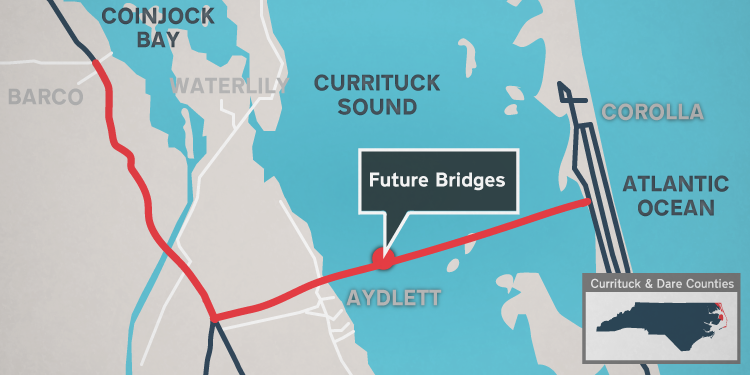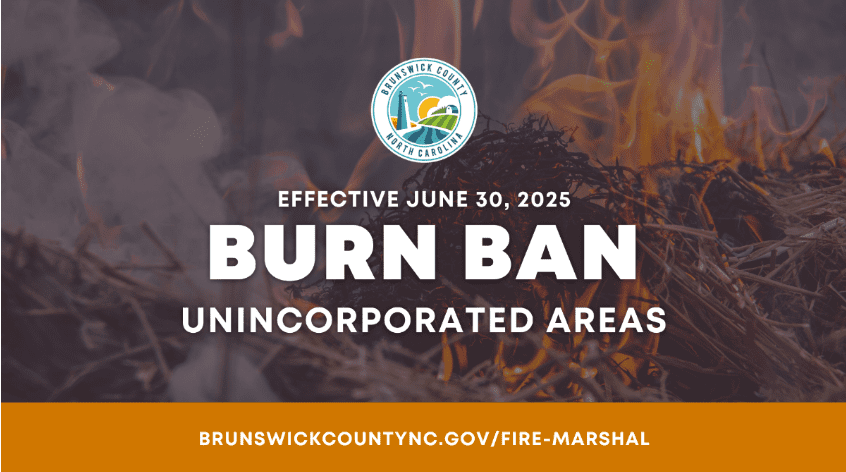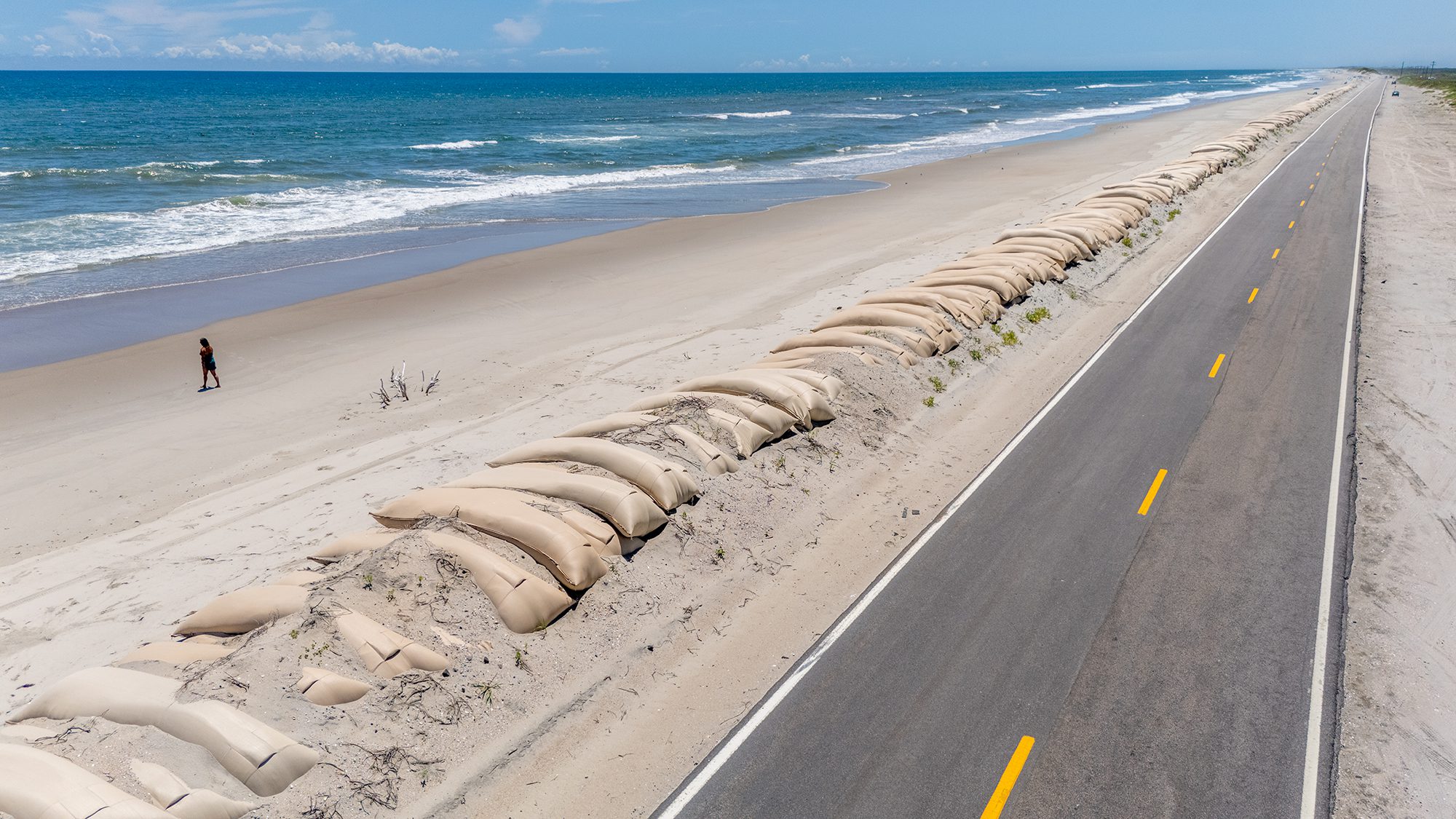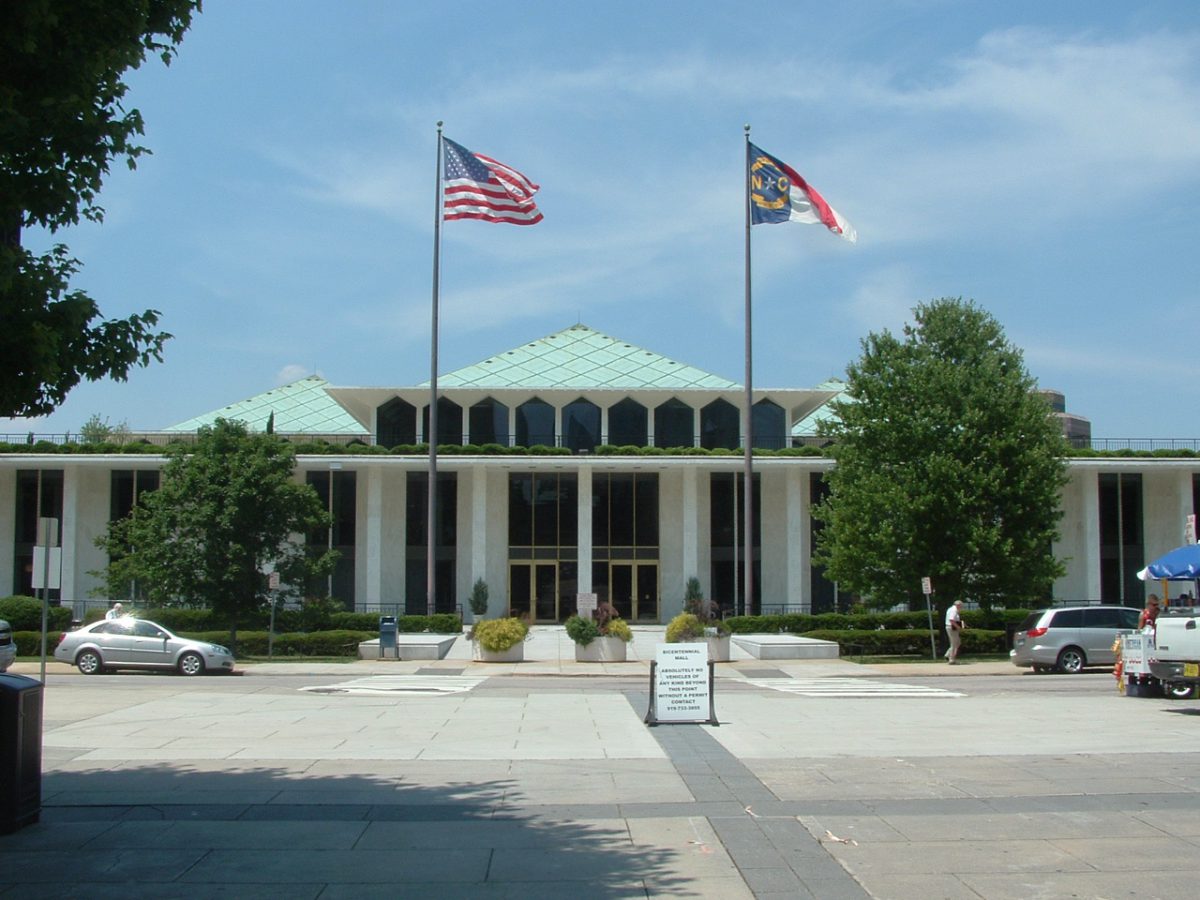
State and federal transportation agencies did not violate environmental policy when approving a proposed toll bridge across Currituck Sound, an appeals court has ruled.
The U.S. Court of Appeals for the 4th Circuit in Richmond, Virginia, late last month affirmed a district court ruling that sided with the North Carolina Department of Transportation and Federal Highway Administration, which have approved construction of a multi-million-dollar toll bridge connecting the northern Outer Banks with the mainland.
Supporter Spotlight
In its Feb. 23 ruling, the three-judge panel agreed that the agencies did not violate the National Environmental Policy Act, or NEPA, by not issuing a supplemental study of the proposed bridge.
The North Carolina Wildlife Federation and No Mid-Currituck Bridge-Concerned Citizens and Visitors Opposed to The Mid-Currituck Bridge sued the agencies, arguing that state and federal officials erred when they did not create a supplemental environmental impact statement, or EIS, to update years-old plans for the bridge.
NCDOT and the highway administration published in 2008 a “statement of purpose and need” detailing the necessity of the proposed bridge. The agencies said at the time that the bridge would improve the flow of traffic on U.S. Highway 158 and N.C. 12, cut travel time between the Outer Banks and mainland, and reduce the time it takes for residents and visitors to evacuate the barrier island.
A final EIS was published in 2012. The study analyzed the potential environmental impacts from various construction options, including a no-build alternative or widening existing highways instead of building a bridge.
Before the agencies could issue a record of decision on their preferred alternative to build a bridge, the state pulled funding and the project was put on hold.
Supporter Spotlight
Three years after the final EIS was published, the state recommitted funds for the proposed project. The agencies then had to reevaluate the EIS.
The transportation agencies completed that reevaluation in 2019, cataloging “several changes affecting the project since publication of the EIS, including reductions in forecasted traffic, development, and growth; updated sea-level rise projections; and increased project cost,” according to the ruling.
The agencies decided a supplemental EIS was not needed because there were “no new issues of significance” associated with the project.
“It’s clear from the reevaluation report that the agencies took a ‘hard look’ at the traffic issue,” Judge Albert Diaz wrote in the opinion. “They prepared new traffic forecasts and network congestion measures, and conceded that travel-time benefits associated with the bridge might be lower than originally predicted.”
In a Feb. 23 news release, the Southern Environmental Law Center, which filed the appeal last year on behalf of the plaintiffs, said the review of the project “is so out of date that federal regulations require it to be revisited again before the project can proceed.”
“The defective analysis ignored hundreds of acres of new development that would be caused by a new bridge to the roadless areas of the Outer Banks and failed to account for rising sea level projections, decreased traffic forecasts, increased bridge costs, and reduced costs for less harmful alternatives,” according to the release. “The court upheld the analysis on the basis that federal law permits ‘unwise’ action, so long as it is mostly informed. And indeed, the project remains unwise and infeasible. It currently lacks needed permits from at least five state and federal agencies and does not qualify for needed sources of funding under the state’s cost-benefit analysis, meaning that even the high proposed tolls on drivers each way would not cover its projected cost.”
Southern Environmental Law Center Senior Attorney Kym Meyer, who argued the case, said in the statement that the state does not need the proposed bridge.
“We will continue to work to ensure that North Carolina money is not wasted on this costly, unwise project,” she said. “There are much more affordable solutions to ease traffic in this area of the Outer Banks, and those solutions can be put in place much more swiftly, and with less damage to the Currituck Sound.”







